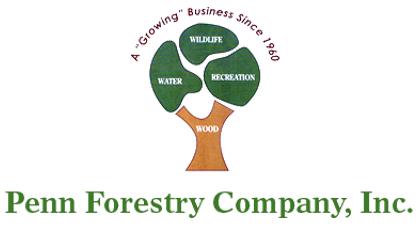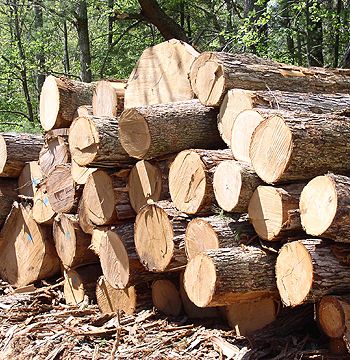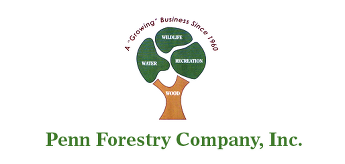Timber Sales
There are many factors that influence the dollar amount that a sawmill may be willing to bid for a landowners stumpage (i.e. standing trees). Some of these factors may be particular to a specific mill (e.g. distance timber has to be hauled from woods to mill). Other factors will be more general and potential bidders will weigh these factors in their own way. The following are some factors which may affect the prices offered for your trees:
Species - Some species of trees are just more valuable than others.
Size - Generally, for any given species, the value of an individual tree is proportional to its size.
Quality - Quality is everything. It will determine if a tree is low value pallet lumber or a high value veneer or sawlog.
Generally, it is these 3 closely related factors: Species, size, and quality, that will have the most influence on the value of your trees.
Other Factors:
Total Volume to be Harvested - Generally speaking, the more volume there is to be harvested on a timber sale area, the more attractive the sale is to a prospective buyer.
Topography - If the terrain is steep, rocky, or wet, the logging can be difficult and will take longer to complete. This generally means higher logging costs and possibly less for your timber.
Access - Access can have a big influence on the value of your timber. Buyers can usually pay more for timber that is easy to get to versus an area which
requires a lot of road and trail construction for access.
Market Conditions - As with most consumer goods, the demand for wood products fluctuates with general economic conditions (domestic and overseas). Penn Forestry Company can advise you if now is the right time to sell your timber.



